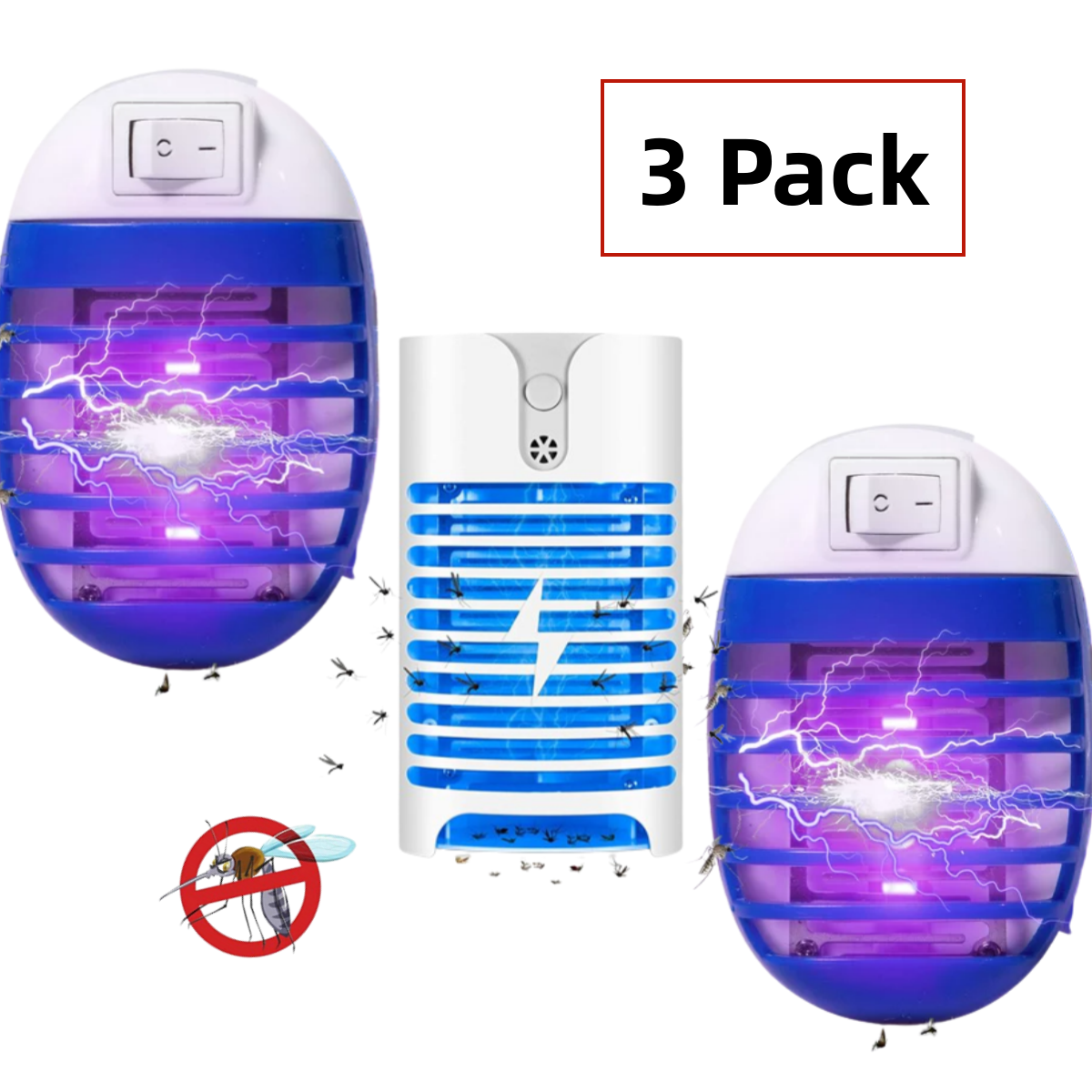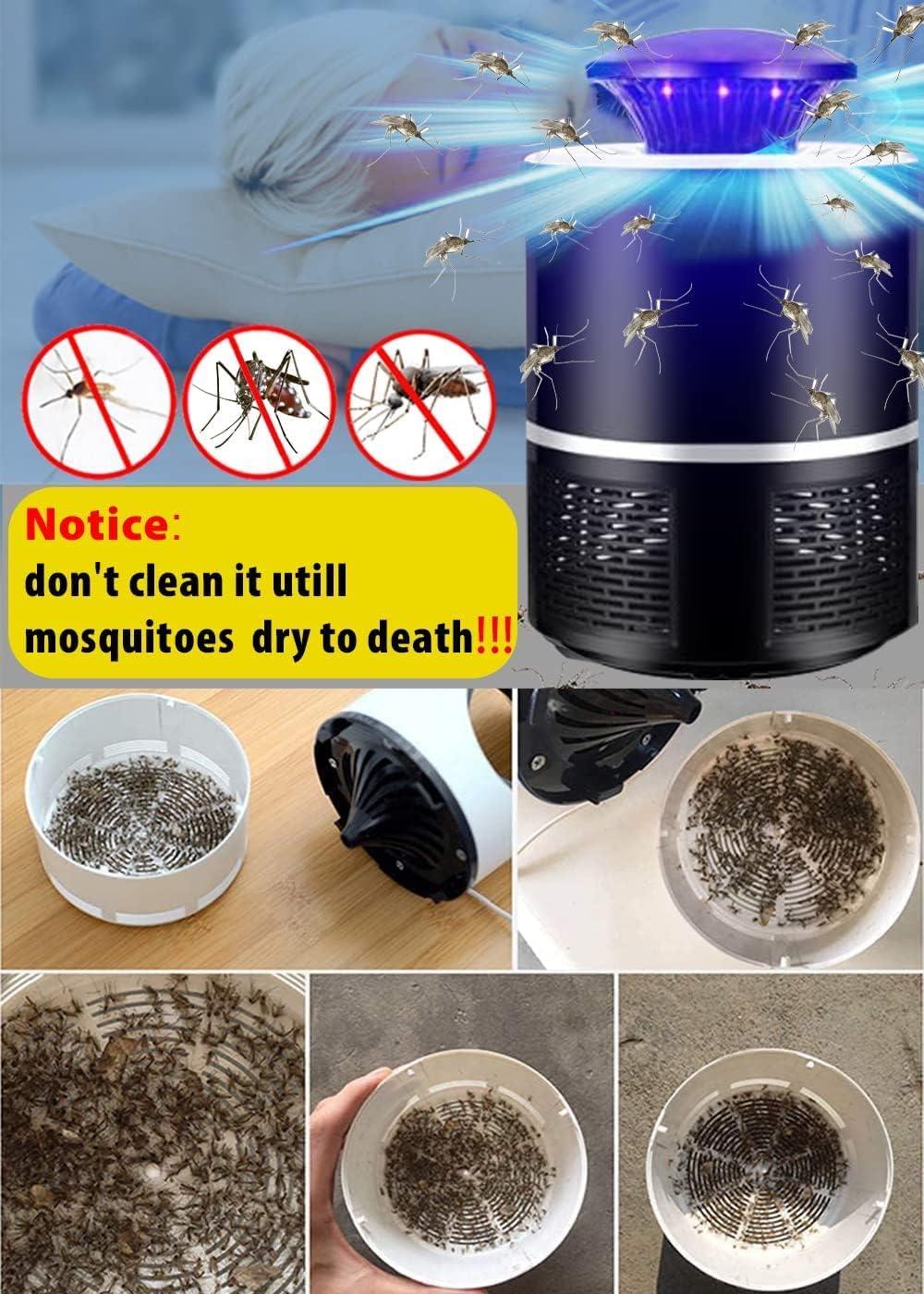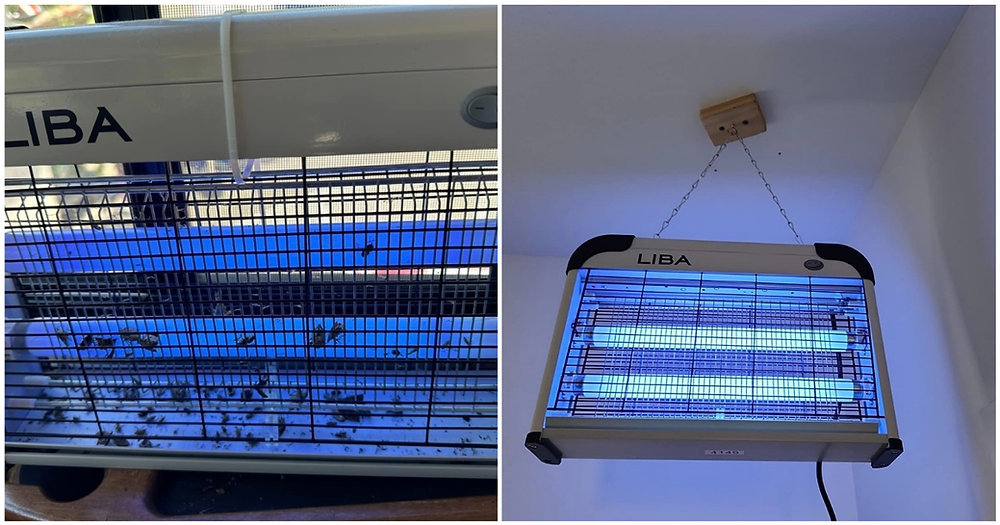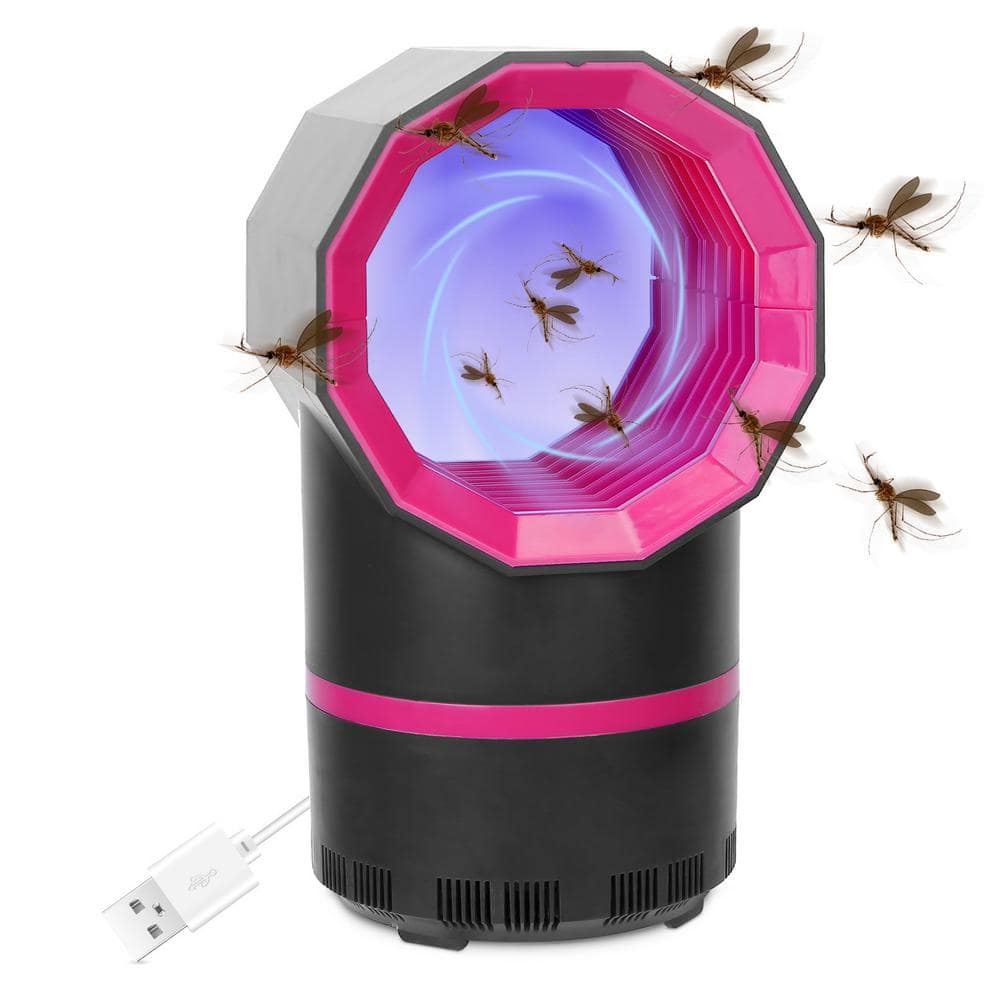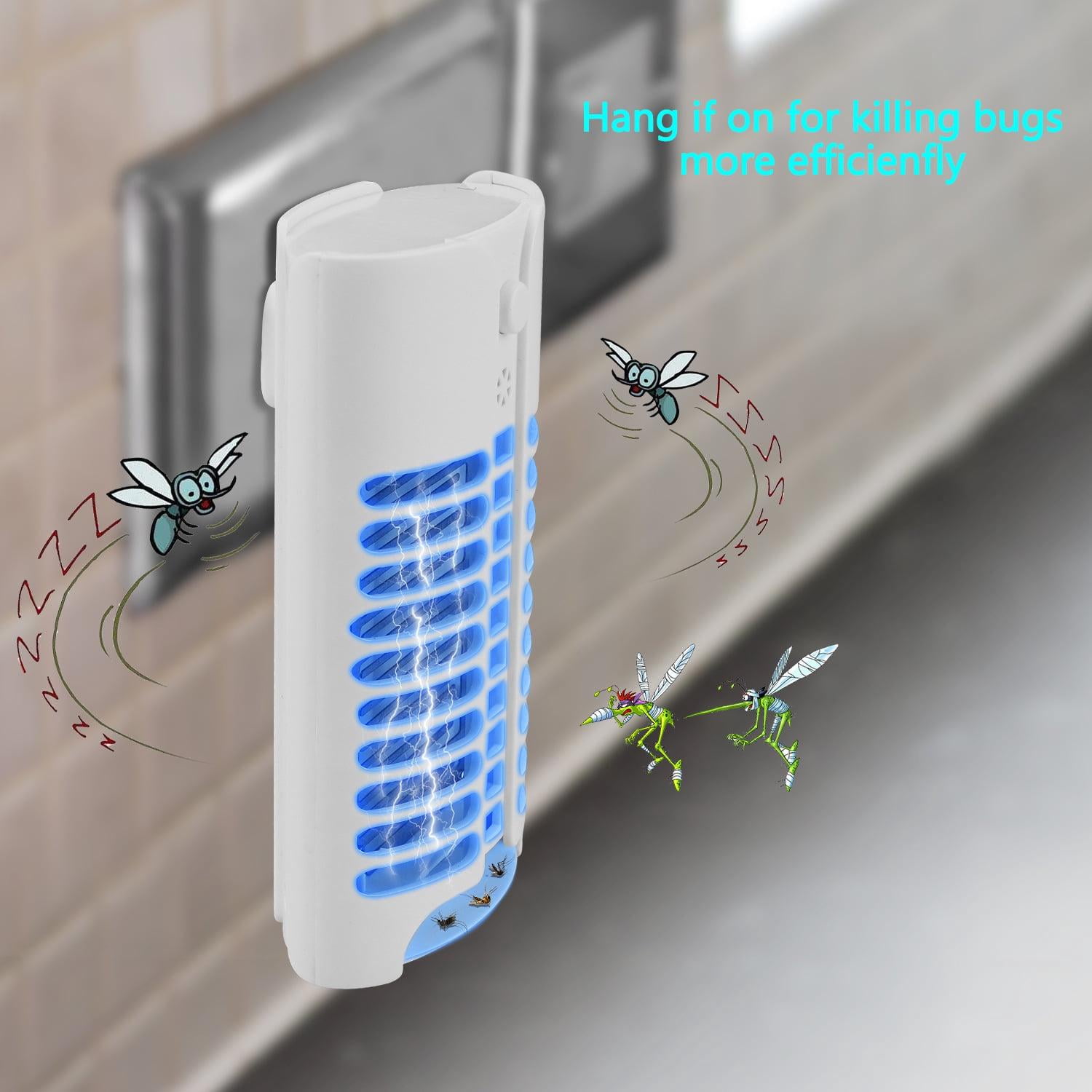Best Bug Zapper For Fruit Flies
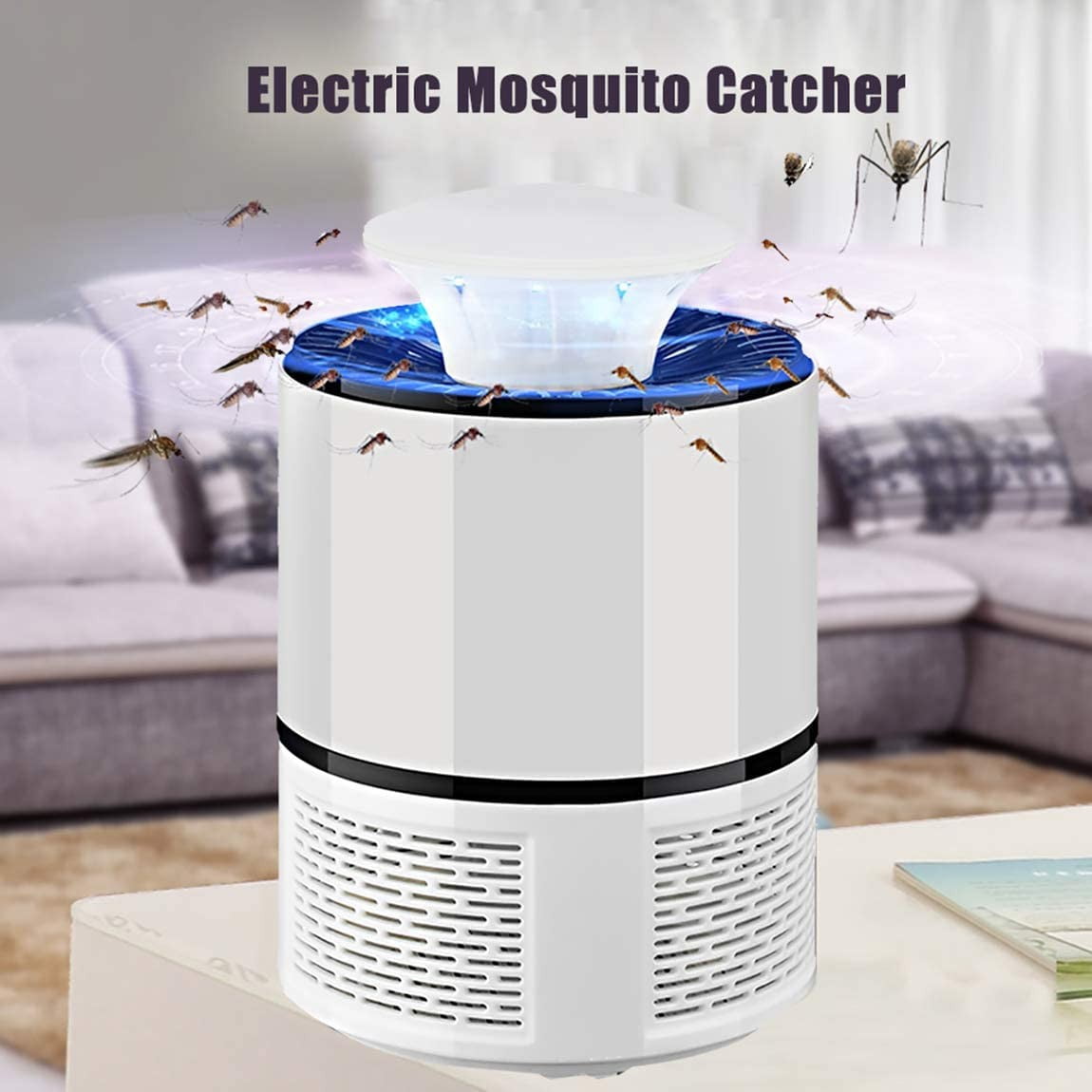
The incessant buzz. The maddening dance before your eyes. The unwelcome presence around your fruit bowl. Fruit flies. These tiny, tenacious pests can quickly turn a kitchen paradise into an entomological nightmare, breeding rapidly and seemingly defying all attempts at eradication. While perfectly ripened fruit is a symbol of summer abundance, it can quickly become a breeding ground for these unwelcome guests.
This article delves into the frustrating world of fruit fly infestations and examines the efficacy of bug zappers as a potential solution. We will analyze different types of bug zappers, scrutinize their features, and weigh their pros and cons based on expert opinions, scientific research, and user experiences. This investigation aims to provide consumers with the information needed to determine if a bug zapper is the right choice for their fruit fly problem and, if so, which models offer the best performance and value.
Understanding the Fruit Fly Foe
Before considering eradication methods, understanding the enemy is crucial. Fruit flies, scientifically known as Drosophila melanogaster, are attracted to the scent of fermenting sugars found in overripe fruits, vegetables, spilled juices, and even damp areas like drains.
They are tiny, typically only 3-4 millimeters long, but their rapid breeding cycle – a female can lay hundreds of eggs near a food source – allows populations to explode in a matter of days. Prevention, such as promptly discarding overripe produce and cleaning up spills, is always the first line of defense.
Bug Zappers: A Potential Solution?
Bug zappers, also known as electrical grid traps, attract insects using ultraviolet (UV) light and then electrocute them as they pass between two charged grids. They have long been used to control mosquito populations, but their effectiveness against fruit flies is a subject of debate.
Traditional outdoor bug zappers are often ineffective against fruit flies because they attract a wide range of insects, including beneficial ones, without specifically targeting the small fruit flies that are attracted to the scent of fermenting food, not necessarily UV light. Furthermore, the loud "zap" and potential scattering of insect fragments can be undesirable in a kitchen environment.
Types of Bug Zappers and Their Suitability for Fruit Flies
Indoor Bug Zappers
Indoor bug zappers are designed for smaller spaces and often feature additional attractants beyond UV light. Some models incorporate pheromone lures or scent baits to specifically target fruit flies.
These units tend to be quieter and more contained than their outdoor counterparts, minimizing the disruption and potential mess. Consider models with replaceable glue boards to capture insects without zapping, offering a more hygienic and quieter solution.
UV Light Traps with Glue Boards
These traps utilize UV light to attract insects but rely on a sticky glue board to capture them. This eliminates the zapping noise and minimizes the risk of scattering insect fragments.
They are generally considered safer and more hygienic for indoor use, especially in kitchens. The glue boards need to be replaced periodically, adding to the overall cost, but the ease of disposal and lack of noise make them a popular choice.
Fan-Powered Traps
These traps use UV light or a scent lure to attract fruit flies, then a small fan sucks them into a chamber where they become trapped and dehydrate. They are generally quiet and safe, with no zapping or glue involved.
These models are often more energy-efficient than traditional bug zappers. They can be effective, but their capture rate may be slower than glue board traps.
Factors to Consider When Choosing a Bug Zapper for Fruit Flies
Several factors should be considered when selecting a bug zapper for fruit flies: Effectiveness, does it actually attract and eliminate fruit flies? Safety, is it safe for use around children and pets? Hygiene, is it easy to clean and maintain? Noise level, is it quiet enough for indoor use? Attractant type, does it use UV light, pheromones, or scent lures?
User reviews and expert opinions can provide valuable insights into the real-world performance of different models. Look for models with high ratings and positive feedback regarding their ability to attract and capture fruit flies specifically.
Expert Opinions and Scientific Research
Entomologists generally agree that bug zappers, particularly traditional outdoor models, are not the most effective solution for fruit fly control. Studies have shown that they attract a wide range of insects, many of which are beneficial, without significantly reducing fruit fly populations.
However, indoor bug zappers specifically designed for fruit flies, particularly those using pheromone lures or glue boards, can be a useful tool in conjunction with other preventative measures. Dr. Emily Gardiner, an entomologist at the University of California, Davis, states, "Bug zappers alone are unlikely to eliminate a fruit fly infestation. They are most effective when used as part of a comprehensive approach that includes eliminating food sources and breeding sites."
Beyond Bug Zappers: A Holistic Approach
While a bug zapper might help control the adult fruit fly population, addressing the underlying causes is essential for long-term success. This includes: Promptly discarding overripe fruits and vegetables. Cleaning up spills and food debris immediately. Regularly cleaning drains and garbage disposals.
Consider using homemade traps, such as a vinegar trap (apple cider vinegar with a drop of dish soap), to attract and drown fruit flies. These traps are simple, inexpensive, and often very effective.
The Future of Fruit Fly Control
Research is ongoing to develop more targeted and environmentally friendly methods of fruit fly control. This includes the development of more effective pheromone lures and the use of biological control agents, such as parasitic wasps, that prey on fruit fly larvae.
Advancements in trap design and lure technology are likely to make future bug zappers more effective and selective. Consumers can expect to see more sophisticated models that combine multiple attractants and capture methods for improved performance.
In conclusion, while a bug zapper *can* be a component of a fruit fly control strategy, it's crucial to choose the right type and use it in conjunction with other preventative measures. Look for indoor models specifically designed for fruit flies, prioritize hygiene and safety, and remember that addressing the root causes of the infestation is key to long-term success. Prevention and integrated pest management are still the most effective approaches for keeping your kitchen fruit fly-free.
/SPR-HOME-7-best-mosquito-traps-2021-4172186-primary-ff25179787f34789807a2fa138a15d60.jpg)



